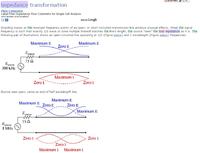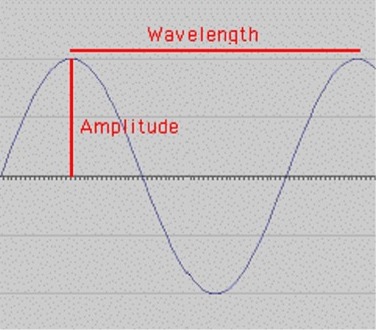umery2k75
Advanced Member level 1

For maximum power transformer, source must be match to the load. If this don't happen. We get forward and reflected power.The wave moving toward the load(forward wave) and one moving away the load(reflected wave) will interfere with one another and produce the standing wave.Why discuss with higher frequency transmitter.Maybe for lower frequency 50/60Hz, this effect is reduce to be notice and maybe people don't talk about it.

Why this doesn't happen at low frequency like 50/60Hz. The power that we are using in our daily life at home,offices,etc. For power industry, three phase distribution people never take into consideration the standing wave in AC power circuits.I'm little confused. When I talk about power transmission, load must match the source or maximum power transfer doesn't take place, to minimize the load reflection.When I talk about RF transmission line, load must match or maximum power transfer doesn't take place, because standing waves will create because of forward,reflected waves. Power Transmission/RF tranmission seems to look very similar to each other. So can I apply the concept of standing waves at low frequency for Power transmission.

Why this doesn't happen at low frequency like 50/60Hz. The power that we are using in our daily life at home,offices,etc. For power industry, three phase distribution people never take into consideration the standing wave in AC power circuits.I'm little confused. When I talk about power transmission, load must match the source or maximum power transfer doesn't take place, to minimize the load reflection.When I talk about RF transmission line, load must match or maximum power transfer doesn't take place, because standing waves will create because of forward,reflected waves. Power Transmission/RF tranmission seems to look very similar to each other. So can I apply the concept of standing waves at low frequency for Power transmission.





